Gardening is a good hobby to adopt because of its excellent benefits to your mental health. Moreover, they enhance the visual appeal of your surroundings. However, you might find it discouraging when you don’t have enough space, let alone a land where you can grow whatever plants you want.
Fortunately, there’s no standard method for cultivating plants. You can show off your green thumb and grow any plants you like, no matter how little space you have. That said, here are some small space gardening ideas that you can consider.
1. Hydroponic Farming
You can grow your plants through hydroponic farming, a method of growing plants in water. It’s an excellent option for those with little space who still want to cultivate their plants because it doesn’t require soil mix. You can build one with storage containers, buckets, net pots, and hard water liquid nutrients.
Typically, you can grow plants such as watercress, celery, tomatoes, peppers, and herbs with hydroponics. Find more ideas online about how hydroponics can work in your small area to enrich your knowledge further.
2.Window Boxes
Remember that you must also consider the types of plants you want to grow. Those low-lying plants have a more significant requirement for space. Separate them so they won’t struggle for water and light resources.
Suppose you have a window where sunlight naturally shines. In that case, you can use window boxes to plant flowers like geraniums and begonias, herbs, and vegetables like carrots and lettuce. Herbs are beneficial since they may be dried and stored for later use.
These plants grow fast, and they can yield more harvests. If you want to try out a variety of plants to find out which ones thrive in your environment, this is an excellent option. When looking for other plants to grow in your container, read seed packet descriptions that say compact, short stature, or tidy plant habit.
3. Vertical Planting
Let’s say that you do have a considerable amount of wall space. That is where vertical farming, or the concept of a living wall, could come in handy. Plan on putting up a garden? You can, and you’ll find a wide selection of options suitable for wall-mounted, vertical containers.
With vertical planting, you need to learn how to grow plants successfully in a slightly different setting, such as working with the plant’s natural orientation to maximize growth (stems and leaves growing upward; roots growing downward). Also, vegetables generally need six to eight hours of sunlight. A wall that receives plenty of sunlight for most of the day is beneficial.
To create a living wall, use vertical planters such as pocket styles, wooden barrier-like planters, mobile planters with wheels you can move around, or pot styles strategically designed upwards or spread out for walls.
4. Small Greenhouse
If you’ve seen greenhouses in magazines or on television that look like small sheds or houses, know that those are only one of the many designs and sizes of greenhouses. In reality, you can build something as small as a chest, depending on how much your plants grow.
Greenhouses can be designed in any shape or size you want. You can customize one that works with the space that you have. Greenhouses can take many forms, from shelves to tents with planters inside to compact, portable structures made of transparent materials like glass or mesh. You could choose to build your own or buy a prefabricated greenhouse kit.
5. Picture Frame Planters
Creativity also applies to gardening; you can make it work with picture frames. Succulents and cactus may be grown in repurposed photo frames and function as lovely decorative accents. Succulents thrive in this vertical planting setup.
They are low-maintenance because of their moderate growth rate and only require watering once every two weeks. Succulents may be found in various shapes, sizes, and colors, making them a versatile decorating option.
You can build your picture frame planter with a redwood or cedar shadow box that’s a few inches deep. Add a frame that has the glass and back panel removed. Use a soil mix with moss or other ideal media for your plants. Attach chicken wire across the mixture to hold the medium in place.
You can begin planting shallow-rooted plants, but they must take root before being hung. This planter is suitable for succulents, strawberries, and lettuce. Remember only to place them outdoors to help protect walls from moisture damage.
6. Small Pots And Containers
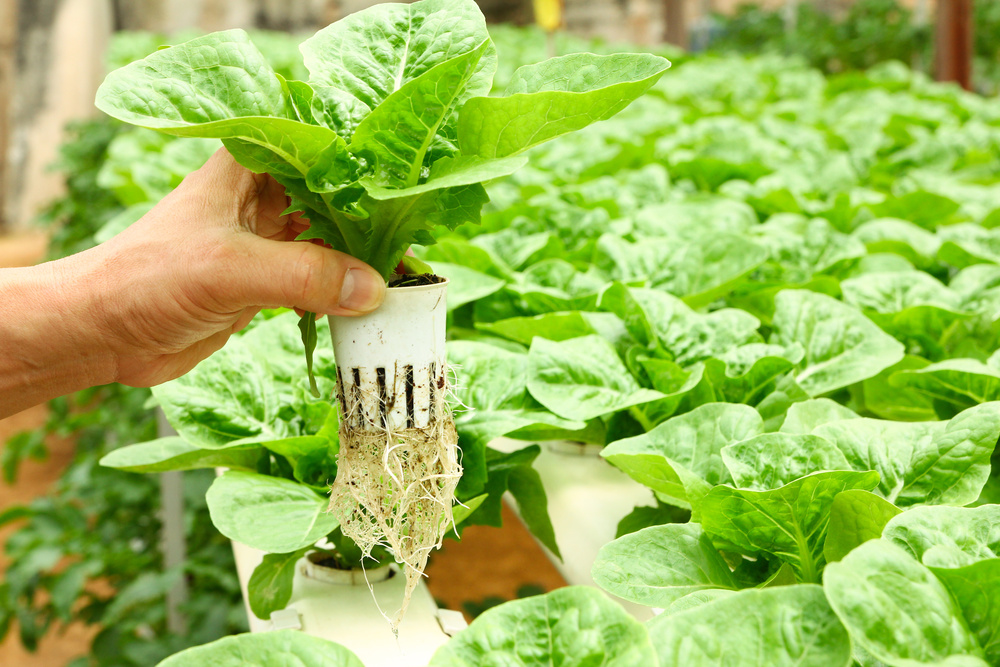
Any fruit, vegetable, herb, flowering or ornamental plant can be grown in containers that can accommodate their potential size. You can make edible gardening possible, even on a small balcony, patio, or along the driveway or foundation of your home. In the case of depth of the soil mix, it will depend on the kind of plants you want to grow.
For example, cucumbers and eggplants are best grown in containers that can accommodate five gallons or more. Keep in mind that more soil means you can reduce your watering frequency to once per day instead of twice.
One More Tip before You Leave: Raise Chickens in Your Yard
Free up space in your backyard for a small but comfortable coop. Use some strong poultry netting to keep them in their space and to keep predators, if any, away. Start with two chickens, and see how it is to take care of them.
Consider growing plants that they can eat: you’ll have to do your research to avoid feeding them anything toxic.
In Conclusion
No matter how little space you have, you can still grow plants. All you have to do is select the appropriate types of plants and gardening strategies for your area. Where you put your plants and how much time you put into growing them will also play a role in how fruitful your efforts are. Nevertheless, there are many options available for you.

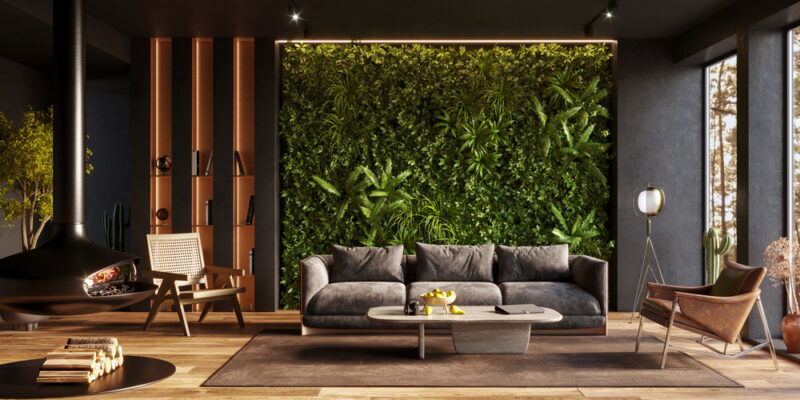
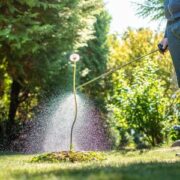

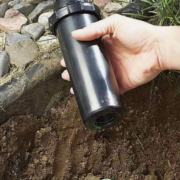
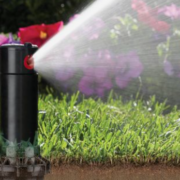
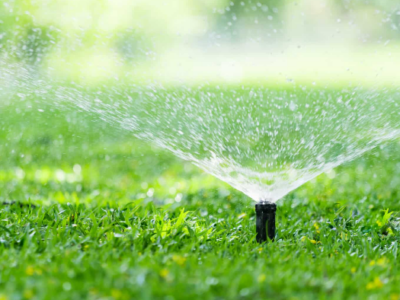
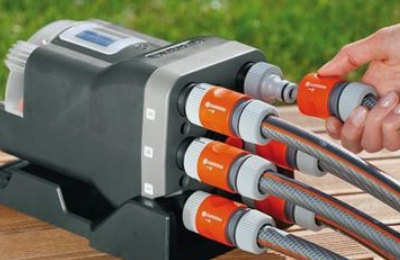
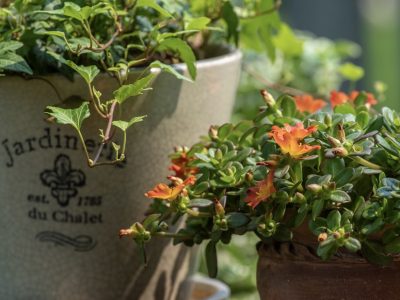
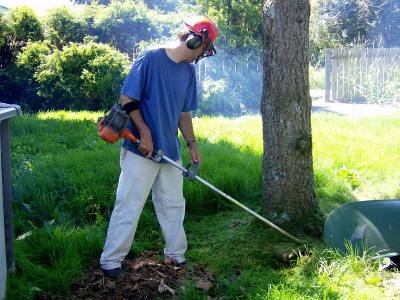

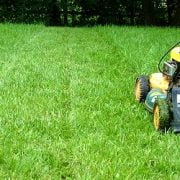
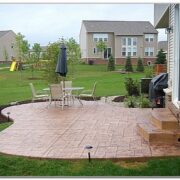
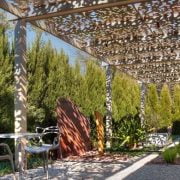
Comments